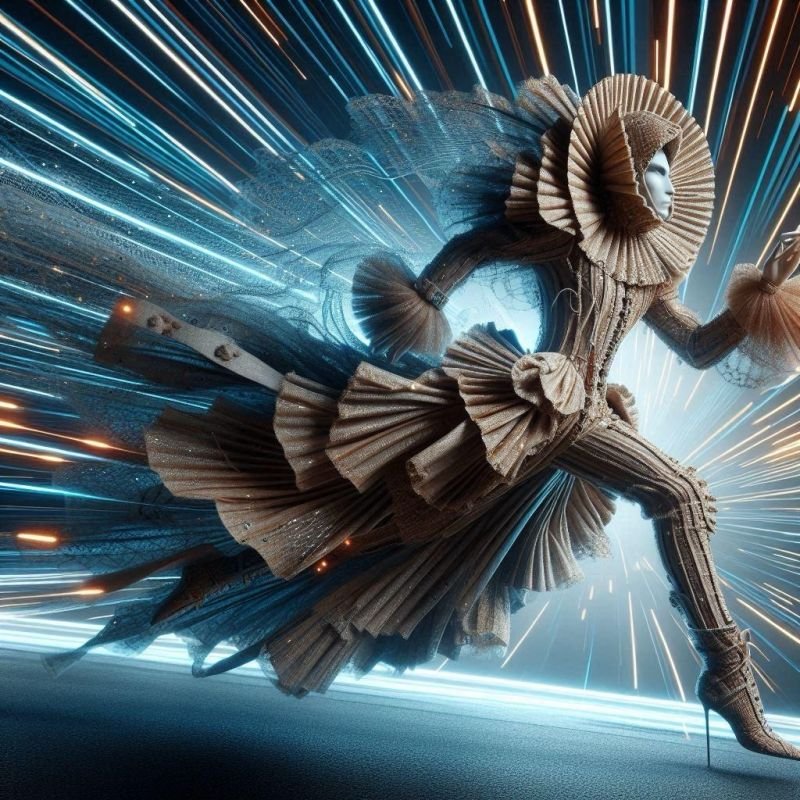🌟 Selecting Textiles for Your Fall Collection: A Designer's Guide 🌟
As we transition into the crisp, vibrant days of autumn, the predominant question on every designer's mind is: What textiles will define this year’s fall collection?
Choosing the right fabrics not only sets the aesthetic tone but also influences functionality, sustainability, and consumer appeal.
Here are key factors to consider when selecting textiles for your fall lineup:
1. Material Selection The fall season calls for warmth and texture. Look for materials that evoke comfort, such as:
- Wool & Cashmere: Perfect for cozy sweaters and outerwear.
- Tweed & Flannel: Timeless classics that add depth and layer to your designs.
- Cotton Twill: Great for versatile pieces that can be layered.
2. Color Palette Draw inspiration from the rich colors of fall leaves. Think warm oranges, deep reds, muted greens, and soft browns. These hues resonate with the season and create a sense of nostalgia. 🔥🍁
3. Sustainability Matters Consumers are becoming increasingly aware of the environmental impact of their fashion choices. Opt for sustainable textiles, like organic cotton, recycled polyester, or innovative materials like Tencel, to attract eco-conscious customers. 🌱
4. Function Meets Fashion Fall collections should consider functionality. Fabrics that offer water resistance, breathability, or adaptability are essential, especially in unpredictable weather. Look into performance textiles that maintain style without compromising utility.
5. Layering and Versatility As temperatures fluctuate, layering becomes the key trend in fall fashion. Choose fabrics that harmoniously coordinate, allowing for easy layering without bulk. This not only enhances style but also caters to diverse body types and preferences.
6. Texture & Weight Textures add dimension and interest to collections. Combine heavier materials like bouclé with lighter fabrics like silk blends to create unique contrasts. This thoughtful interplay can transform a simple silhouette into a statement piece!
7. Trend Forecasting Keep an eye on runway trends and consumer behavior. In today’s fast-paced market, being proactive and flexible ensures that your collection remains relevant and attractive.✨
Ultimately choosing the right textiles for your fall collection is a blend of creativity and strategy. By considering functionality, sustainability, and current trends, you’ll craft a collection that not only looks appealing but resonates with consumers on a deeper level.
As we embark on this seasonal journey, let’s prioritize choices that reflect our values and creativity while embracing the beauty of fall! 🍂
What textile trends are you excited about this season? Share your thoughts below! 👇-MJ🪸
#FashionDesign #TextileSelection #FallCollection #SustainableFashion #TrendForecasting #DesignStrategy #Layering #FashionIndustry




